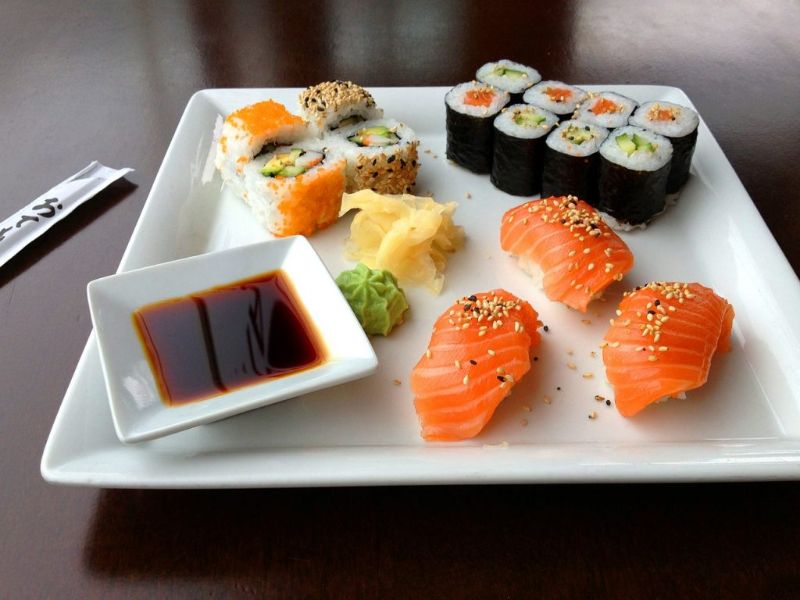Sushi is one of the most demanded exotic preparations in recent years. There are different forms of preparation that we show you in detail so that you know all its secrets.
The dish we will talk about is one of the best known in today’s cuisine. It is a typical preparation of eastern countries that, little by little, has spread to other cultures due to its excellent organoleptic characteristics. We are going to tell you what types of sushi exist and what are their main differences.
Before starting, you should know that if you are thinking of preparing sushi at home, you will need patience. All the recipes that exist are laborious and require a lot of time and technique. In addition, it is also crucial to get a high-quality raw material to avoid risks and improve the final result.
Common ingredients for preparing sushi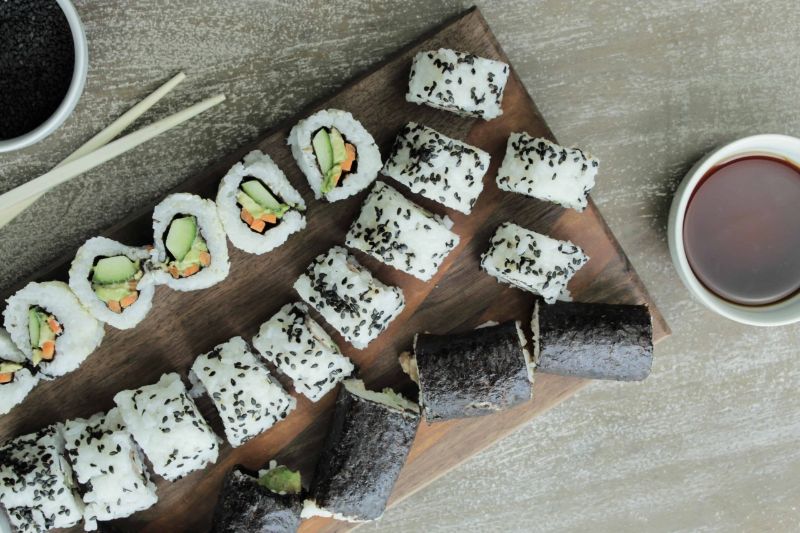
Any type of sushi that you are going to prepare has, at least, the following ingredients.
Rice
It is the basis of this recipe. Rice provides quality complex carbohydrates and a certain amount of fiber, which has proven to be essential for improving intestinal transit.
The variety chosen is usually aromatic, since the whole grains have a worse caking capacity, which is not practical in this recipe. In addition, it is usually seasoned with vinegar, sugar, and a specific spice, depending on the chosen recipe.
Here it is necessary to take into account that sugar is an expandable element. Although the traditional recipe contains it, by eliminating it we will obtain a product of higher nutritional quality.
Algae
Almost all types of sushi have seaweed, except for sashimi (raw fish cut as such). These manage to provide essential nutrients such as vitamins and minerals.
Among the latter, the contribution of iron stands out, capable of preventing the development of anemia, according to research published in the journal The Medical Clinics of North America. In this way, the risk of chronic fatigue or tiredness will be reduced.
Raw Fish
This is the star ingredient in sushi. There is many fish that can be used to prepare the recipe, although the most common are tuna, salmon, and eel.
All 3 contain a significant amount of omega 3 fatty acids in their composition. These nutrients become essential in order to ensure good cardiovascular health, according to current scientific literature.
However, make sure they have always gone through a prior freezing process. In this way, the main pathogenic microorganisms that can colonize the food are destroyed.
These have the ability to exert a harmful effect on human health, even triggering anaphylactic shock in the worst case. When consumed raw, it is necessary to guarantee the freshness and quality of the fish, as well as the maintenance of good food hygiene practices.
You may also like to read, how to unlock zoom account. To know more visit our Blog https://uphilltechno.com/.
Types of sushi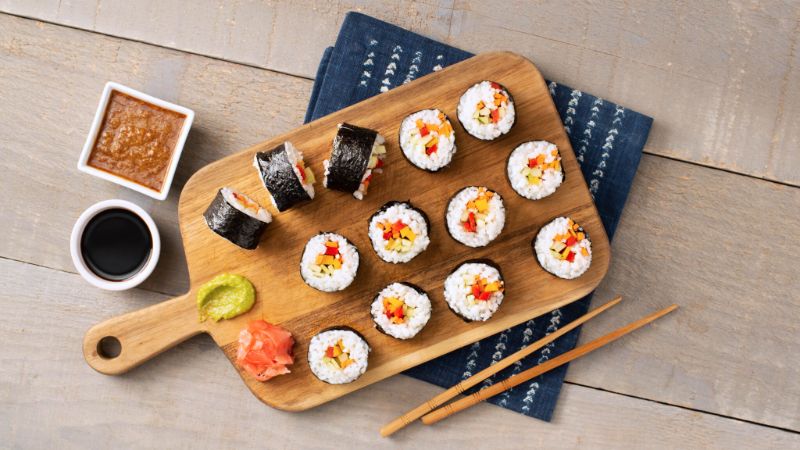
There are different types of sushi according to its presentation, preparation method, and ingredients.
Nigiri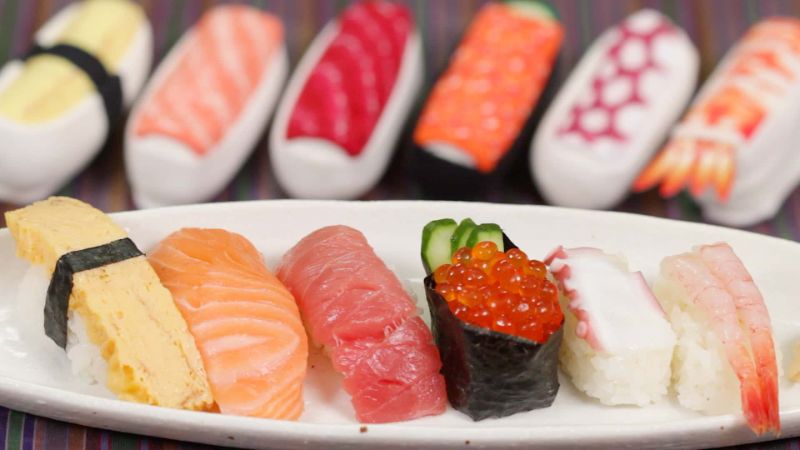
This is the most famous type of sushi. Although without algae, it stands out for its generous fish content on a well-pressed rice ball. On some occasions, you can even introduce a nori seaweed inside, although this task is not always carried out.
The star is the tuna nigiri, made from the belly of the fish. Anyway, the salmon one is also internationally recognized. Even shrimp nigiri is gaining popularity year after year.
Gunkan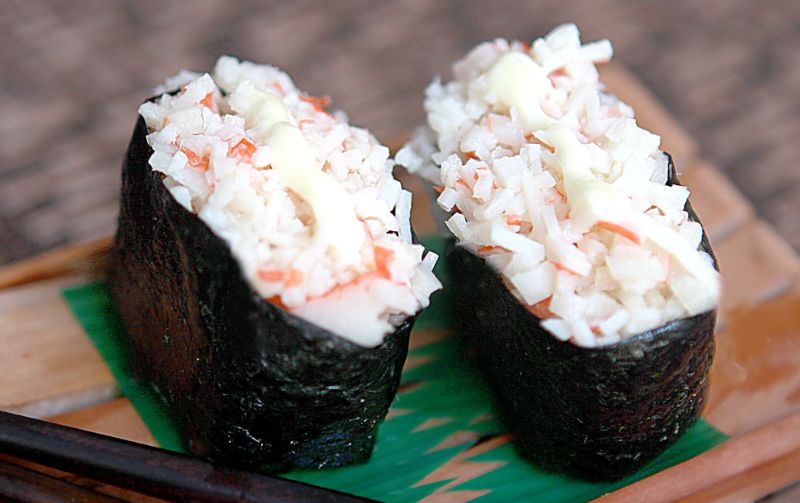
This preparation is characterized by its conical shape made up of outer algae. Roe, sea urchin, fish, or other exquisite-tasting marine products are deposited inside the cone.
Maki
The maki is a cylinder of rice covered by a nori seaweed with a fish interior and some other unctuous food, such as avocado. It can also be made with seafood and is one of the most common options when choosing sushi. It can come in various sizes and even some type of batter with tempura.
Uramaki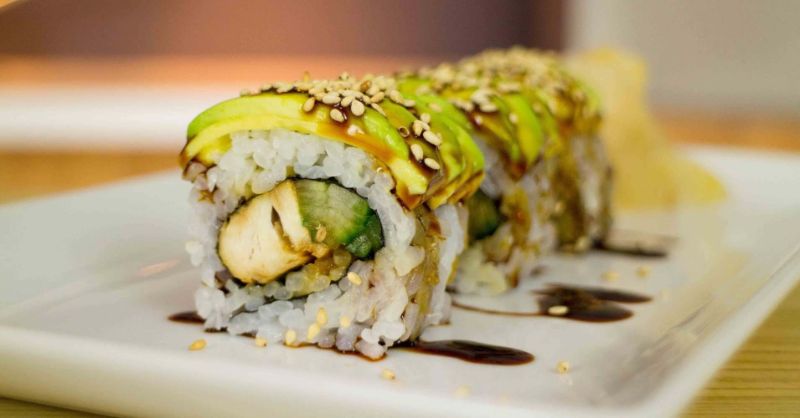
The uramaki is a role that differs from the previous one by presenting the rice as the most external element. Inside are algae and fish. It is often garnished with roe. It also supports some type of sauce to enhance its flavor.
Futomaki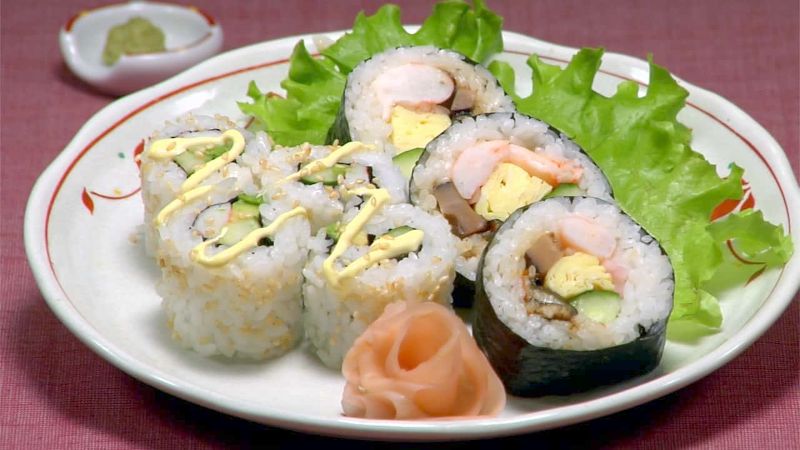
This roll stands out from the previous ones due to its size. It is an extra-large version with the seaweed on the outside and the rice and fish on the inside. It usually contains fruit and vegetables inside, even tortilla sometimes.
Hosomaki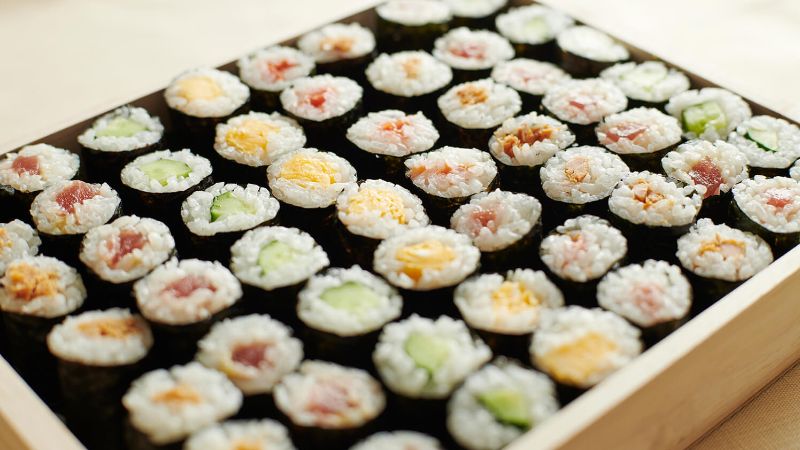
The hosomaki is small in size. Again we are talking about a maki-type roll, although in this case in its minimal version. It will be eaten in one bite and consumed as a treat. Attention, since it usually contains cucumber.
Temaki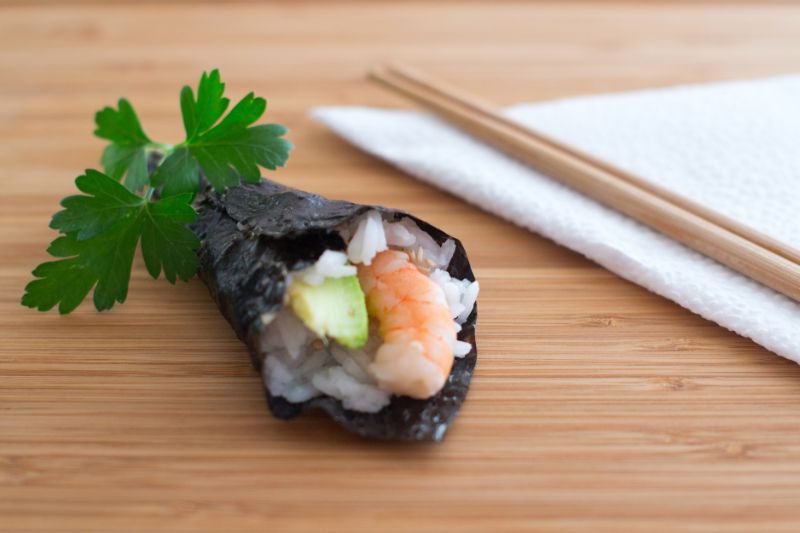
The temaki is made up of a nori seaweed cone that contains rice and roe inside. It can also be made with fish and stands out for its crunchy touch. It is longer than the rest of the varieties, which sometimes makes it difficult to eat it in one bite.
Types of sushi and nutrition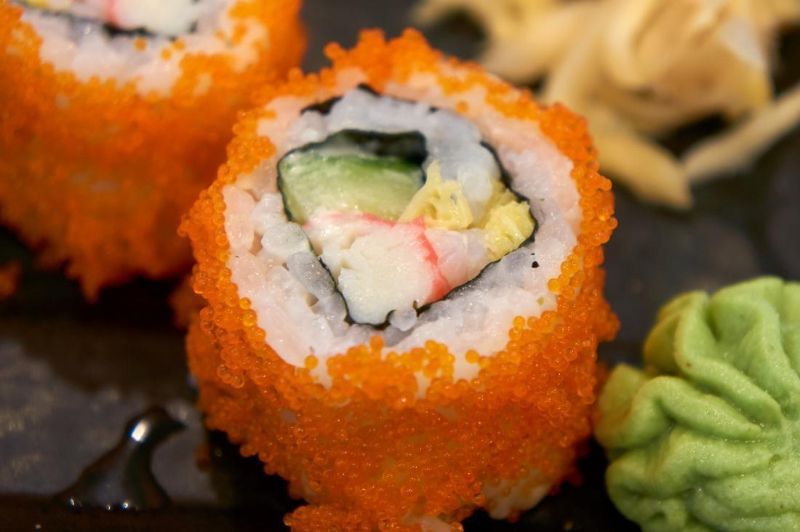
Although at first glance sushi might seem like very healthy food, it is necessary to take into account certain considerations. In the first place, it contains rice in its composition, which clouds the nutritional quality of the product. Besides, raw fish is not always the best option, since it requires extreme care.
However, it is true that sushi has a significant content of omega 3 fatty acids, proteins and antioxidants, especially from algae. However, it is a preparation with a high number of calories, so it is not suitable for any type of diet.
In addition, it has a large number of carbohydrates, which is not always beneficial. Now, by eating it from time to time you will not worsen the overall quality of the diet. It can be an excellent way to include fish that we would not consume otherwise, such as eel, in the nutritional guideline.
Precautions when eating sushi
When it comes to eating sushi, there are certain aspects that must be taken into account. The first of these is the presence of food allergies. If you are allergic to fish or shellfish, avoid these types of preparations.
On the other hand, keep in mind that this recipe usually contains a lot of salt, so it is not entirely recommended for hypertensive people. Also, and as we already mentioned, its high number of calories makes it incompatible with a weight loss purpose.
The fashion for different types of sushi
Surely we are not saying anything new to you when affirming that sushi is the food of fashion today. There are more and more restaurants specializing in this type of preparation, so highly appreciated from a gastronomic point of view.
We encourage you to try it, although it is important that you consume it in moderation, always within the framework of a balanced and varied diet. Consider the possibility of allergies and include the different types of sushi depending on the nutritional plan you are carrying out.

